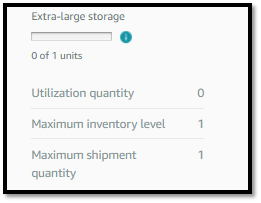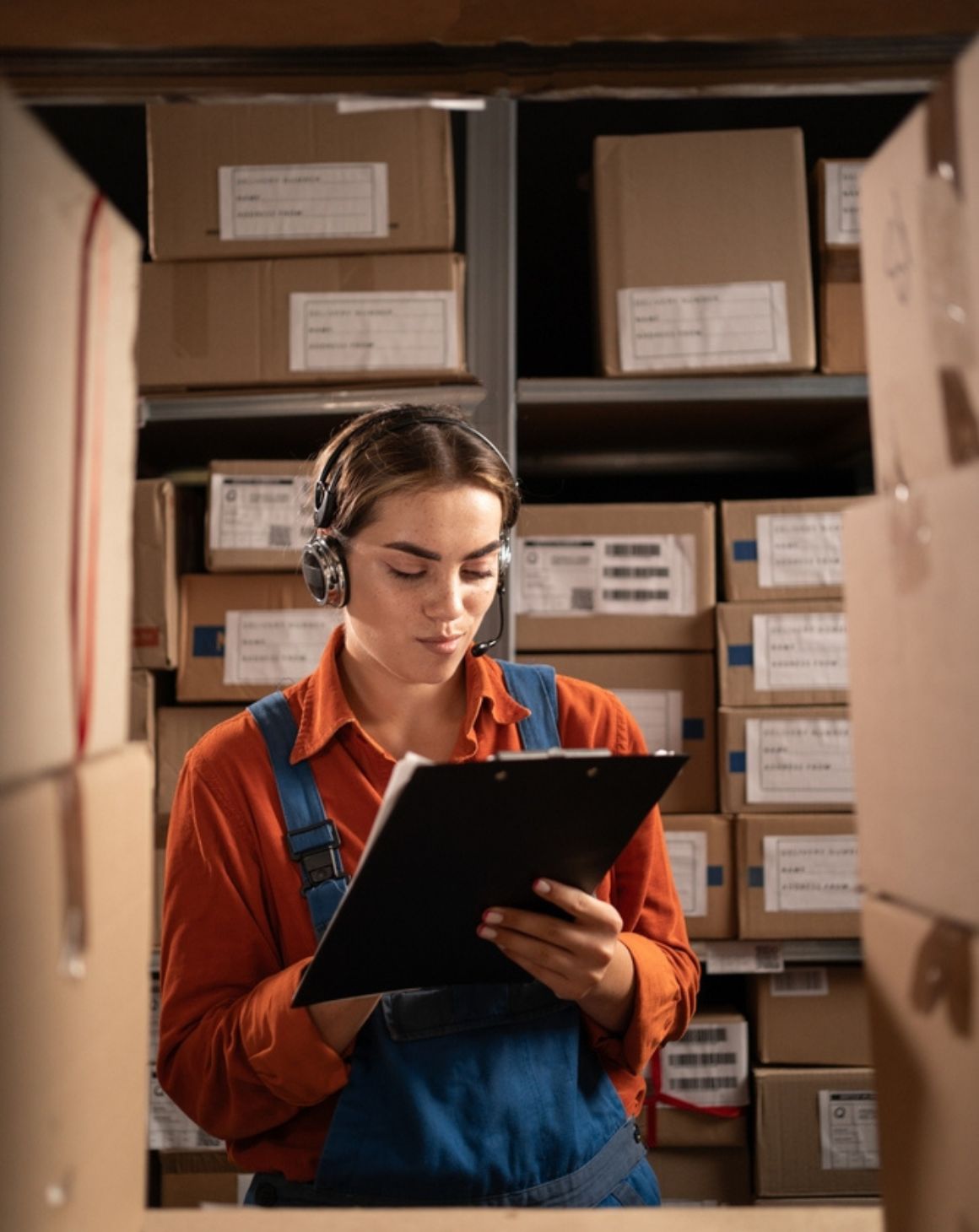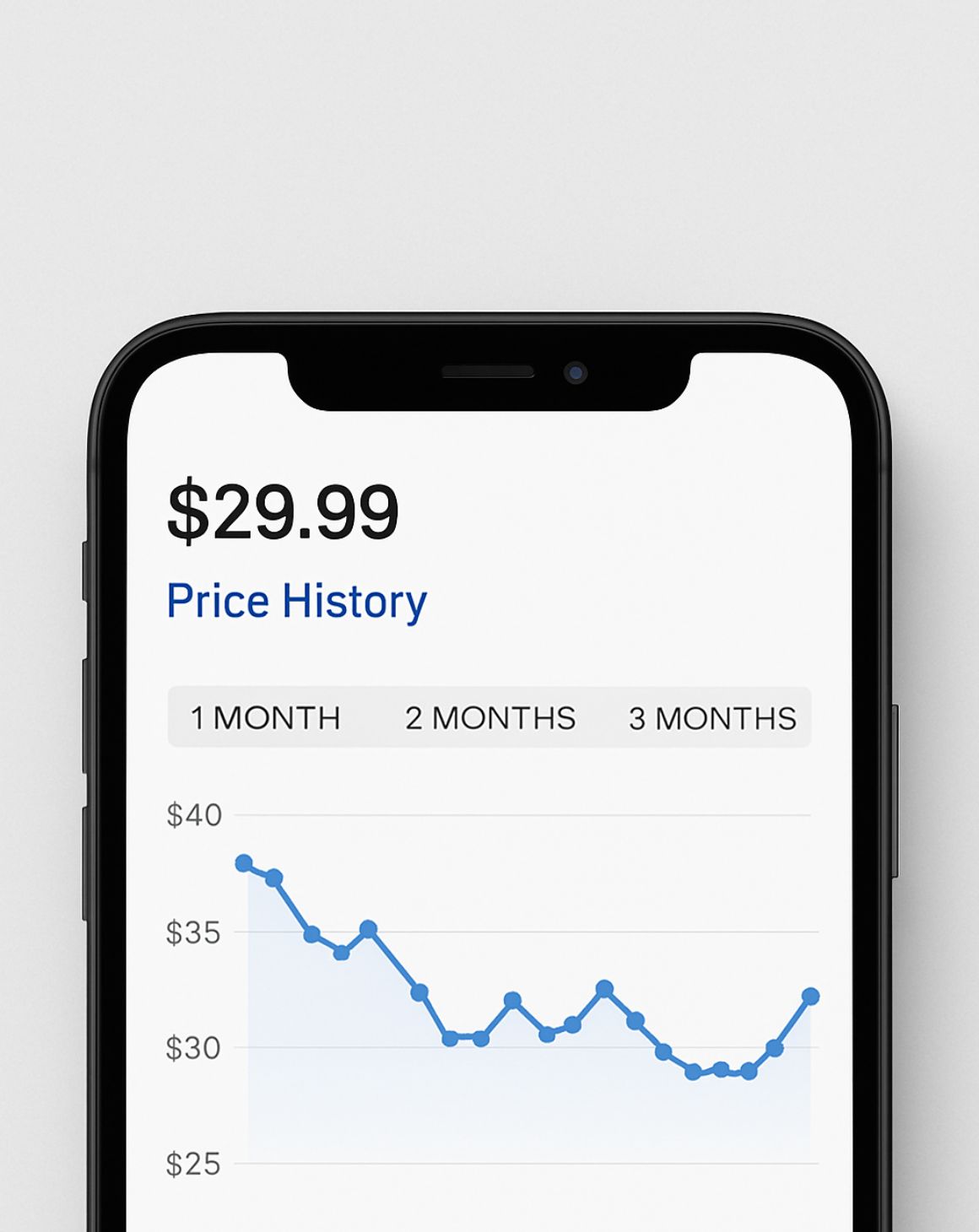As of April 18, Amazon rolled out a new FBA storage type: Extra-Large. Any products that are considered Extra-Large have been re-classified automatically, and there is no action required on the seller's end.
However, sellers are at risk of easily exceeding the storage limit for the Extra-Large storage type. Read on to learn more about how this will impact selling accounts, and what Brands and Sellers can do to avoid a disruption in sales.
What classifies as extra-large?
Products that have one or more of the following qualities are considered Extra-Large:
- The Longest side is equal to or greater than 96 Inches (for non-TVs).
- The Longest side is equal to or greater than 40 Inches (For TVs).
- The Girth is 130 Inches or greater.
- The Weight is equal to or greater than 50 Lbs.
How can I view my storage limits?
The storage limit can be found within Seller Central by navigating to the Manage FBA Shipments page. At the bottom of the page, you will see a “Restock Limits” bar that expands when clicked. Find the Extra-Large Storage limit on the right. You can view which products are considered Extra-Large by downloading the Monthly Storage Fees report.
We are seeing that most sellers have 1 unit slot available. This is very small, considering most successful selling accounts have thousands of unit slots available for the other 4 storage types including Oversized. According to Amazon: “This determination will be based on your past and forecasted sales, adjusted by fulfillment center capacity.” Meaning, over time, limits should increase alongside sales.

What is the difference between storage limits and re-stock limits?
The Storage Volume Limit is based on volume which is measured in cubic feet. This limit determines your maximum volume that can be stored at Amazon Fulfillment Centers.
The Restock Limit is determined by past and forecasted sales. This limit determines the maximum unit quantity you are allowed to send and store in Amazon Fulfillment Centers.
If you reach or exceed the Restock Limit or the Storage Volume Limit in any category, you won’t be able to send in more inventory for that category. For more information about these limits, read the help page.
What if I need to sell more than my limit allows?
Brands and Sellers who are finding themselves reaching or exceeding the storage limit will have to consider other options. It’s important to keep in mind that storage limits only apply to FBA inventory. This means sellers can still sell via FBM offerings, and have the products shipped directly from their warehouse (or a 3rd Party’s), or even drop-ship, as long you abide by Amazon’s drop shipping policy.
With the constant updates in online marketplaces, it’s important to stay up-to-date with the latest changes. If you are a client looking for additional information, contact your strategist or if you are interested in learning more about how Retail Bloom can assist your brand efforts in online marketplaces, schedule a consultation with our team.
For more updates on marketplaces, visit our full Marketplace Updates content gallery.







.png)
.png)
.avif)